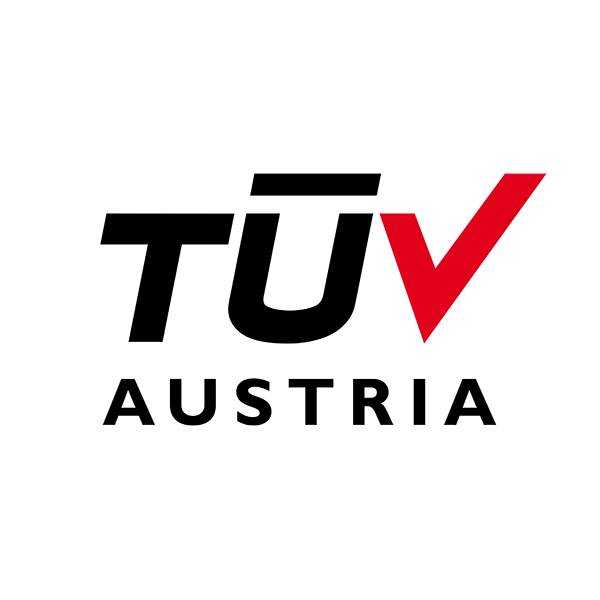Solution: EU Emissions Trading System (EU-ETS)
Solution: EU Emissions Trading System (EU-ETS)
EU Emissions Trading System (EU-ETS)
In which region do you need this solution?
EU Emissions Trading System (EU-ETS)
Brief Description
The European Union Emissions Trading System (EU-ETS) is a cornerstone of the EU’s policy to combat climate change and a key tool for reducing industrial greenhouse gas emissions cost-effectively. Under the EU-ETS, companies are required to monitor and report their emissions annually.
Detailed description
The EU Emissions Trading System (EU ETS) is a ‘cap and trade’ system established by Directive 2003/87/EC. The system works by putting a limit on overall emissions from covered installations which is reduced each year. Within this limit, companies can buy and sell emission allowances as needed. This approach gives companies the flexibility they need to cut their emissions in the most cost-effective way.
Key aspects of EU-ETS verification include:
- GHG Emissions Quantification: The system provides methodologies for calculating greenhouse gas emissions from various sources, including direct emissions from production processes and indirect emissions from energy use.
- Monitoring Plan: Organizations are required to develop a monitoring plan that details how they will measure and report their emissions. This plan must be approved by the competent authority and include information on the data collection process, calculation methods, and quality assurance procedures.
- Reporting: Participants in the EU-ETS must submit annual emissions reports that detail their total GHG emissions for the year. These reports must follow the guidelines set out in the Monitoring and Reporting Regulation (MRR) to ensure consistency and transparency.
- Verification Process: The emissions reports must be verified by an independent accredited verifier to ensure accuracy and completeness. The verification process involves checking the reported data against the monitoring plan and other relevant documentation to confirm its reliability.
What is the certification procedure?
Who is it for?
The following sectors are covered by the EU-ETS:
- Power plants and combustion installations.
- Oil refineries.
- Iron and steel production facilities.
- Cement and lime manufacturing plants.
- Pulp and paper production sites.
- Certain aviation activities.
Participation in the EU-ETS is mandatory for companies operating in the sectors covered, but in some sectors only plants above a certain size are included.
What are the benefits of verification?
- Regulatory Compliance: Ensures adherence to EU regulations, avoiding penalties and legal issues.
- Enhanced Credibility: Boosts your company’s reputation for transparency and environmental responsibility.
- Risk Management: Identifies and mitigates potential risks in emissions reporting.
- Operational Efficiency: Provides insights for improving emissions management and reducing operational costs.
Who do I contact for more information?
Customer Service Department Contact Person: Anna Topaltziki Phone: +30 210 5220920, ext. 2064








